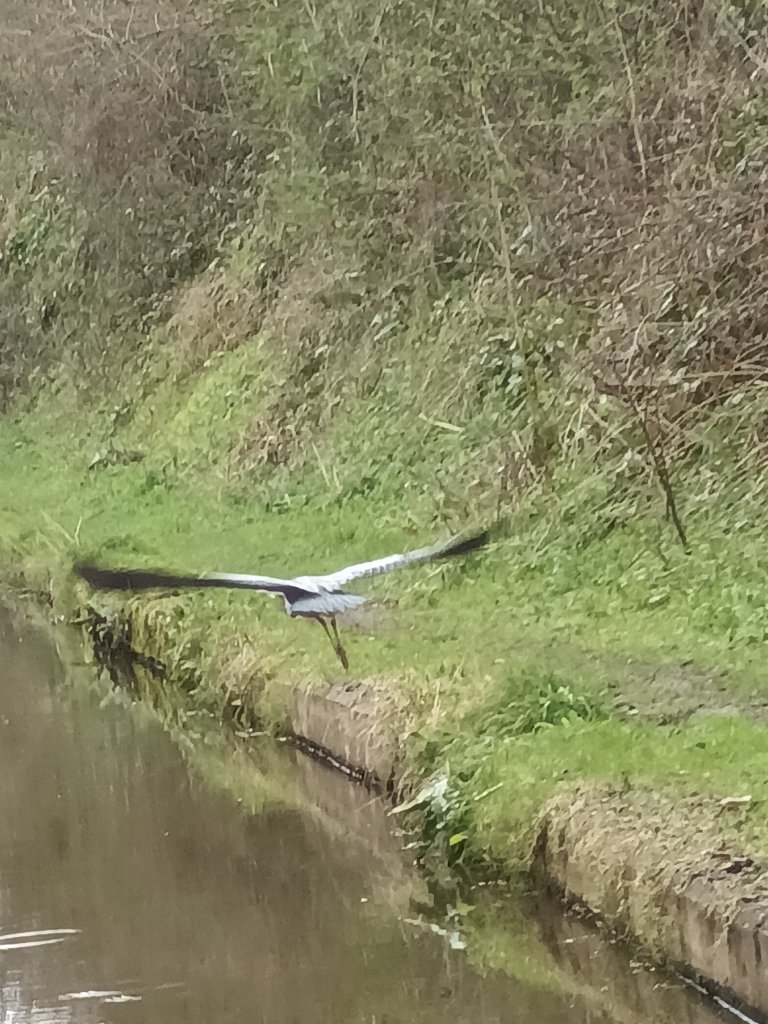Migration is in the news, it’s high on the political agenda. It fuels fierce and often aggressive debate, but it is taxing my mind this week in what I think of as original, basic ways.

The swallows, swifts, and house martins who were still evident swooping low above the water in front of the boat as we made our way south from Yorkshire at the start of October have now gone.
Their long voyages cross continents. By now they’ve travelled via France and Portugal to winter in Africa, some 3,400 miles of flight. They head south for warmer weather, more ready food supplies to see them through our cold months, and for each of these tiny darting birds, their journey has been far riskier than ours. They have to hope that they can evade bad weather, skyscrapers, powerlines, loss of places to rest en route, and attacks by human and animal predators during their journeys. If they can safely navigate these remarkable distances and avoid the many perils to life on the way, and do this taxing journey twice in one year, then we can hope to see them diving and swooping around us once more as we unite on the canals next Spring. Maybe next year I’ll get a decent photo of them too!
There are migrants like Canada and Egyptian geese that have decided to stay here – some in vast numbers.

The blackbird enjoying the ivy berries in the hedge opposite the boat may well migrate to mainland Europe if the winter here proves more bitter than that over there. As some birds leave for warmer climes, some have headed towards us, considering it warmer here than their normal hangouts in Scandinavia and Iceland. Redwings and fieldfares are still gorging themselves on the remaining berries that drew them here in early Autumn.

Our native tawny owls are at their noisiest right now, and it is glorious hearing them from nightfall through the night. They are making a real racket right now, and the boat is a perfect spot to hear what’s going on. The young are off hunting for somewhere to call their own, and the older birds are calling out to defend their territories. The females shriek – that’s the only word for their too-whit whilst the males hoot too-whoo. We’ve been falling asleep these past weeks listening to their vocal battles echoing around us.
The farmer by our current mooring has been preparing the lambing sheds and bringing his in-lamb ewes to pasture near the farm, getting ready for the next stage of the cycle of life. Along the canal, the early birds are only a few weeks off getting ready to start their own cycle of reproduction.

The grey herons and rooks will soon start collecting sticks and getting the prime locations for their nests – the herons will lay in January, so they need their homes built next month. The rooks may well find winter storms blow their nests apart, but they persevere in hope.
We’re doing much the same, really. We’ve migrated to a place we know is safe and sheltered, convenient for winter. Not totally ideal – there’s always a compromise (mud in this case). The pull to be back on a canal, avoiding the vagiaries of rivers and their potential for flooding is strong – security over everything, even the mud.

The advantages though include being able to take early morning runs following the darting flight up the canal of the vivid blue and red kingfisher or watching the early morning perambulations of the russet fox on the towpath as he eyes up and fails to enjoy a mallard breakfast.
The ducks, swans, moorhens, and cormorants remain with us, endlessly fascinating. It isn’t just us who need canals.
We all need to make the most of what’s around at this time of year, wherever we are. There is so much to see if we give ourselves space and time to really look. I also need to give myself more time to take some better bird photos!